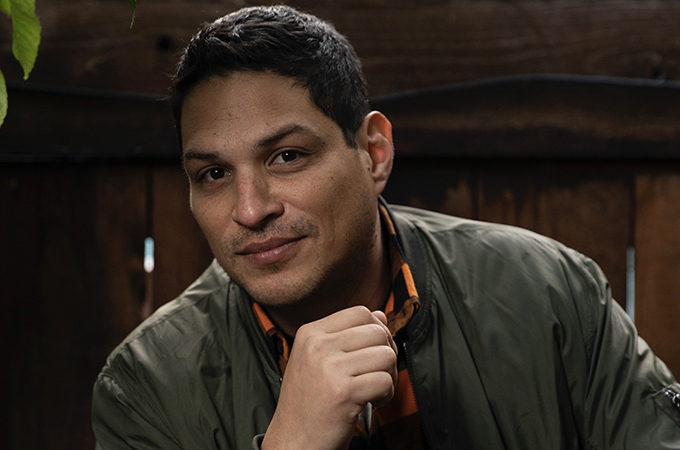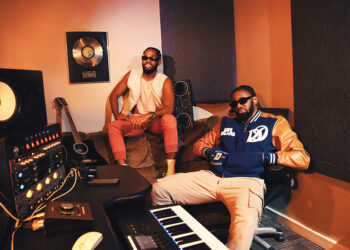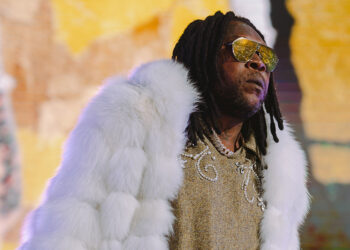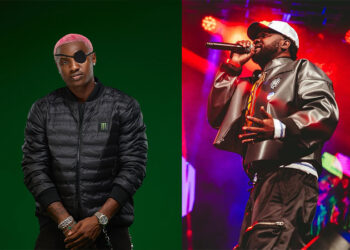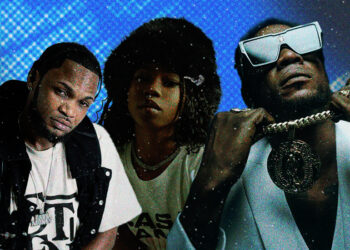Hailing from Costa Rica, Diego Herrera had always been exposed to the Latin and Caribbean music embedded in the woodwork of the island. His eventual love for the musical genres led to a career working for streaming giant Pandora as their Reggae and Caribbean Music Curator and Programmer, creating playlists and stations for their over 50 million streamers. His first exposure to reggae’s smooth rhythms and conscious lyricism came in his early teens in the form of Barrington Levy’s ‘Under Mi Sensi’. With his interest piqued by the magnetic energy of Levy’s vocals on the legendary track, Herrera began collecting reggae records and from there, sound system tapes recorded live from dances in Jamaica. He recalls vividly the awe he experienced listening to his earliest finds where the upcoming DJs of the time took their turns at the booth, playing the most popular songs of the era.
“…From that time on I just became really fascinated and interested and kind of obsessed with [reggae and dancehall music]. Not just the music itself but really trying to understand what was happening for the artist in that time. Also the ‘juggling’, the culture of the DJs getting on the mic and doing different versions of the songs…the competitions and the Sound System Culture”.
Herrera reiterated the far-reaching influence of Jamaican culture and the effect it had, not only on him but on countries throughout the world as well. Costa Rica, he described, aired a local music video countdown TV-show and in one instance, Beenie Man’s ‘Old Dog’ was presented. He remembers how the dancehall music video was followed by a hit reggaeton song at the time, and how it had dawned on him how extensive the presence of reggae and dancehall was abroad.
Diego’s journey at Pandora began in the curatorial department working with several different genres. After the need for developing their library of reggae music was expressed to him, he jumped at the opportunity to showcase his ever-growing expertise on the subject.
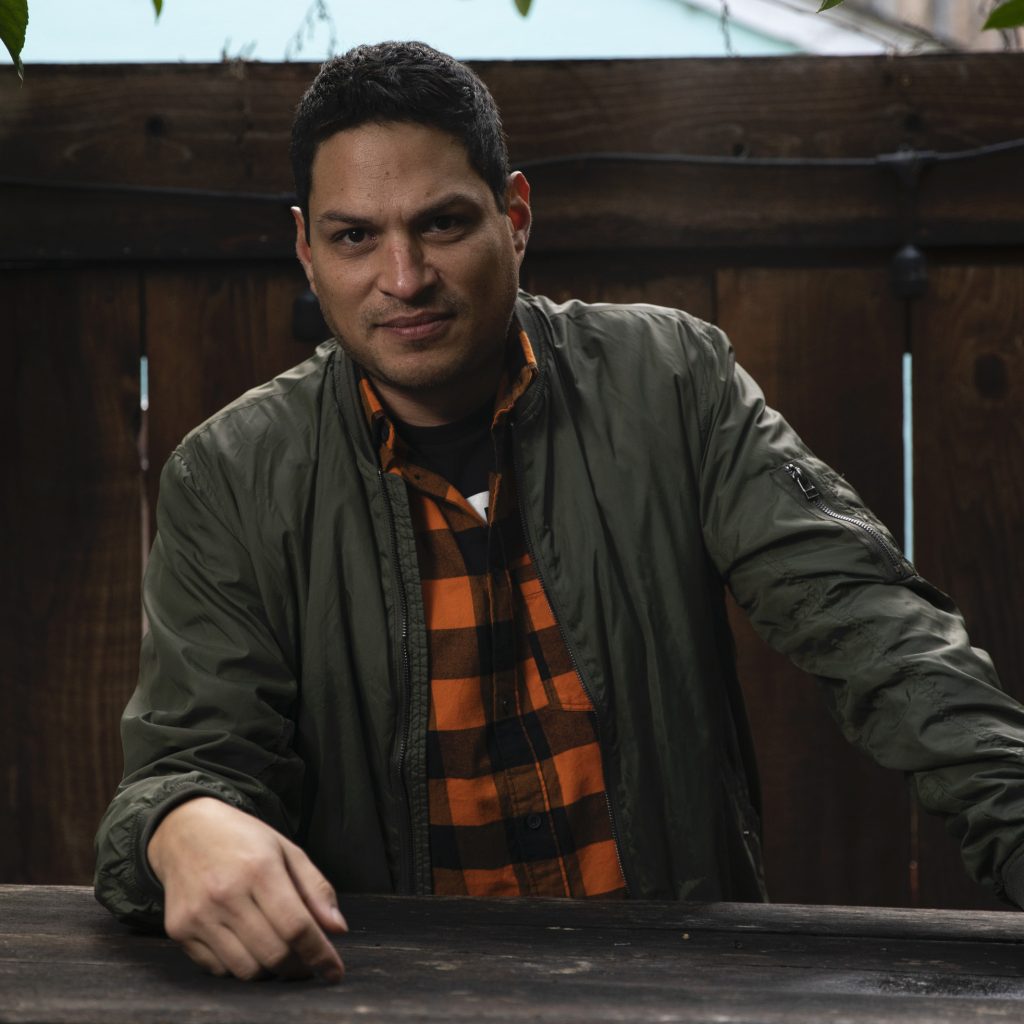
“I’d be lying if I didn’t say that as soon as I had the opportunity, I was just trying to get my hands in there to do something because I wanted more people to be able to hear the music. I wanted also for the station to be representative not only of the [songs] everyone was familiar with but the direction [in which] the music was going”.
Diego got to programming stations of more specific listening experiences of the genres, diversifying the platform’s variety of artists hailing from different eras and employing different elements into their music. His passion regarding the importance of representing Jamaican music accurately depicting the island’s culture was evident as he spoke about the wildly successful Verzuz battle between dancehall giants Beenie Man and Bounty Killa. Despite the clash’s immense popularity earlier in the year, there were no signs of Beenie Man and Bounty Killer present on the cover of the Billboard article detailing Timbaland’s infamous ‘hit-for-hit’ Instagram Live series.
“When there are these opportunities for amplification of culture from Jamaica it gets boiled down to kind of the same thing or just doesn’t get talked about”, he explained.
While the well of Jamaica’s musical talent remains vastly untapped, there’s still the long history of it being discovered and signed to major international record labels. Recently we’ve seen evidence of this through reggae artist Koffee’s debut, swift signing and subsequent album resulting in a Grammy win. Another world-renowned reggae artist, Protoje, has taken advantage of the partnership between RCA Records and In.Digg.Nation. He and his label mates, Sevana and Lila Ike, have all dropped albums this year. Diego recognizes the lucrativeness of partnerships between ‘majors’ and independent Jamaican artists, but the pros of remaining independent as well.
“When you’re an independent artist you maintain the ability to have control. The trade-off is that 100% of the control and 100% of the return also means 100% of the responsibility. It takes a lot more than the creation of music and releasing it these days to make it successful”.
Diego discusses the synchronizing of artists’ talents with whether or not they are represented by a major. He uses Koffee as an example.
“Anyone who heard her early on knew that she was special. Now [people] attach value to her as an artist because she got signed to a major label or because she won a Grammy. That is something that to me is one of the big problems with how the music industry perceives reggae music…Koffee’s album didn’t win because she got signed to a major label. It’s because it was great music”.
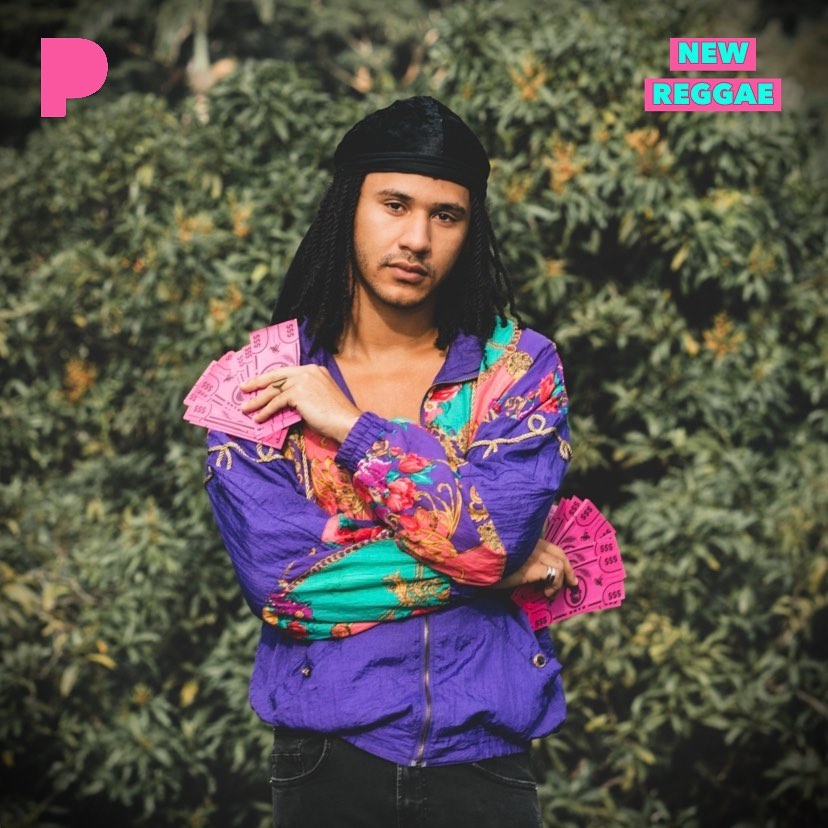
Herrera’s career at Pandora has seen him behind many notable dancehall and reggae stations. His station dubbed New Reggae Now features the hottest drops from both upcoming and established reggae artists. He excitedly talks about artists consistently on his radar – namely Skillibeng, Runkus, Royal Blu and Blvk H3ro – and their versatile, infectious energy. Without excluding the females of the scene, he mentions Lila Ike and Sevana “running it” right now with the great year in the music they’ve had. Another of his newer stations Fwd (pronounced ‘forward’) features the latest and greatest tunes from the latest and greatest artists. The station is so-called because of the word’s meaning in Jamaican patois, ‘go forth’, alluding to the fresh and progressive music it features. Diego credits this surge of new and awesome music to some of the hottest producers on the scene recently, such as J.L.L, Iotosh and Winta James.
Diego recognizes the role he can play in bringing a wider awareness to Jamaican music and culture and continues to learn and connect with persons to be able to achieve this. Visiting Jamaica alerted him to the lack of awareness of Pandora and its reach, and he wishes to educate the local artists on how it can be beneficial to them despite it not being available to stream locally.
“It’s become very obvious that a part of what I need to do is more outreach and getting people to get involved, but also getting people to understand more that even if [Pandora isn’t] available [outside of the US], we’re still connecting with a big audience. Being successful in this age is about being everywhere. It is understanding that there are people everywhere. The same capabilities that are on ‘XYZ’ services are available on Pandora, but we also can do things that other services can’t”.
Pandora has made available many tools for artists to take advantage of that can be utilized to guide their career and expand their audience reach. Diego would love to see more Caribbean artists take advantage of these tools.


